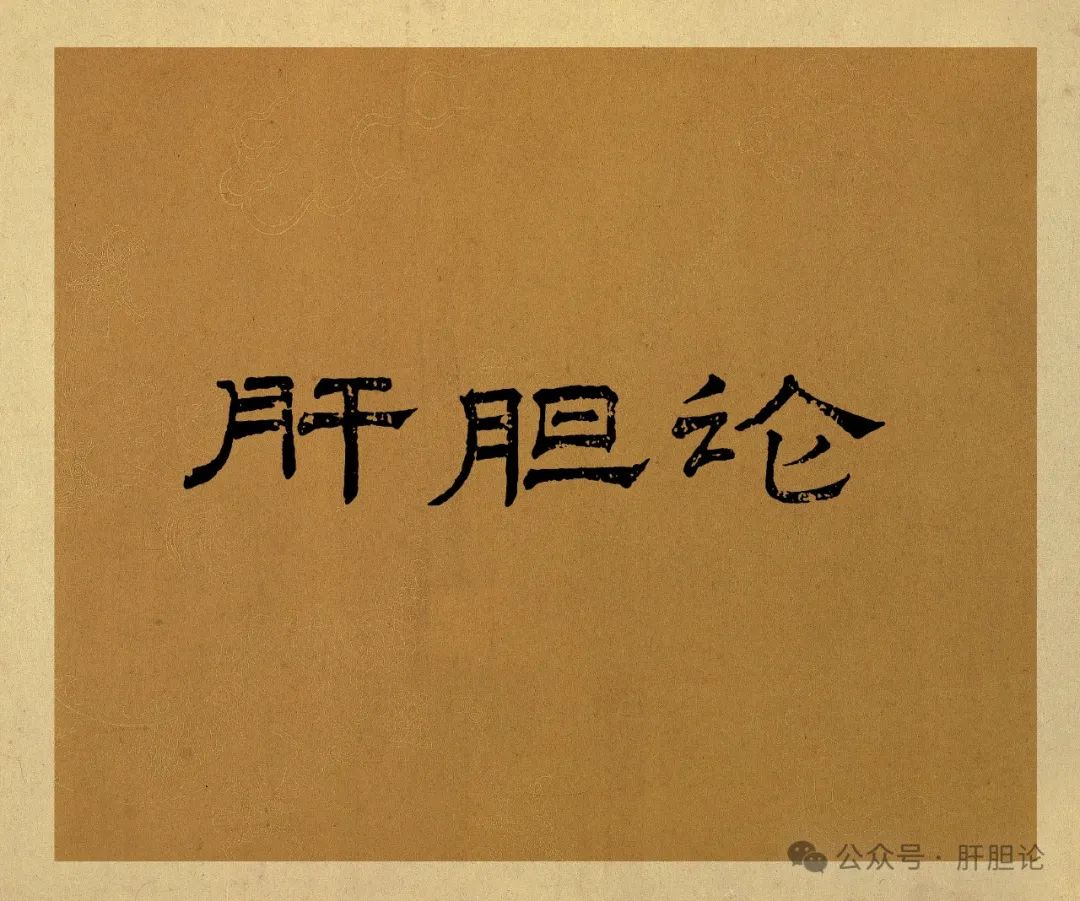
String pulse is the main pulse for liver and gallbladder diseases. It is necessary to differentiate between normal pulse, pathological pulse, and main pulse. The presence of a string pulse does not automatically indicate liver disease; even in liver disease, the severity must be assessed. The characteristic of the string pulse is primarily its firmness and strength, especially evident during pulse diagnosis, where it feels as rigid as a copper wire, lacking softness. Sometimes it resembles a tight pulse, but a tight pulse feels like a rope without sharpness. During severe liver disease, a string and tight pulse can appear simultaneously. To analyze liver and gallbladder diseases through the string pulse, it is essential to pay attention to accompanying pulses. For instance, a thin string pulse indicates liver blood deficiency, a slow string pulse indicates liver cold and gallbladder deficiency, a rapid string pulse indicates liver and gallbladder heat, a thin and rapid string pulse indicates liver deficiency with internal heat, and a large and rapid string pulse indicates excessive liver and gallbladder fire.
Additionally, attention must be paid to the pulse location. The left guan (关) corresponds to the liver and gallbladder; generally, liver and gallbladder diseases often present with a string pulse at the left guan. For example, a string and slippery pulse at the left cun (寸) with a rapid rate indicates heart fire caused by liver and gallbladder fire, commonly seen with irritability and insomnia. A solitary string pulse at the right guan indicates wood stagnation overcoming earth, often associated with abdominal pain and diarrhea. Furthermore, if liver and gallbladder diseases cause abdominal distension, both hands will exhibit a string pulse, or the right may be more pronounced than the left. In the stage of coma, the pulse changes to a floating, large, tight, and rapid pulse, with the cun being stronger than the chi (尺), and pressing down feels weak.
However, not all string pulses indicate liver and gallbladder diseases, and liver and gallbladder diseases do not always present with a string pulse. When a string pulse is observed, it is crucial to differentiate between different syndromes, whether it is a principal or accompanying syndrome. This is a very important issue.
The changes in tongue quality and coating can reflect the severity and progression of liver and gallbladder diseases. Generally speaking, a bright red tongue indicates yin deficiency with liver heat, a red tongue indicates excess liver yang, a purple tongue on the sides indicates stasis in the liver channel, and a blue-purple tongue on the sides indicates yang deficiency with liver cold. A tongue that changes from red to pale indicates an improvement in the condition, while a change from pale to red indicates a worsening of the condition.
A gray-white tongue coating indicates liver qi stagnation with spleen deficiency. A white coating with yellow indicates liver qi stagnation with qi stagnation. A white and greasy coating indicates liver and gallbladder cold deficiency, while a yellow and greasy coating indicates liver and gallbladder damp-heat, and a burnt yellow coating indicates internal liver heat.
The quality and coating of the tongue can be observed directly, and their changes are of significant value in differentiating liver and gallbladder diseases. However, clinical observation of tongue quality and coating must be combined with syndromes and pulse patterns to make accurate judgments.


